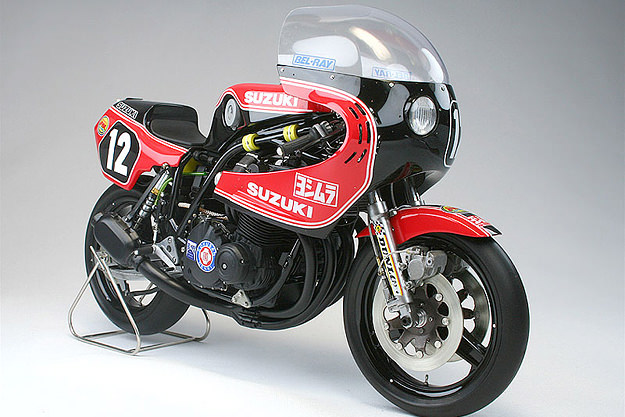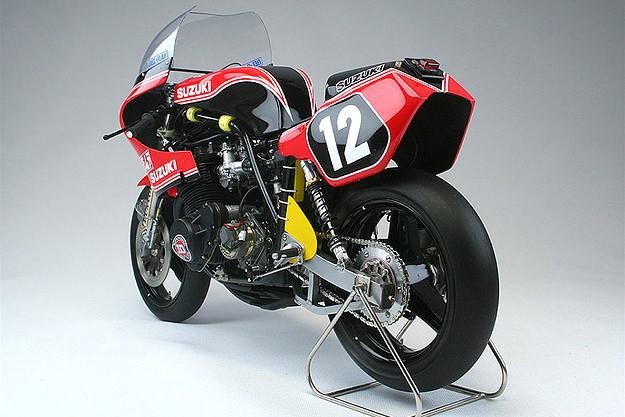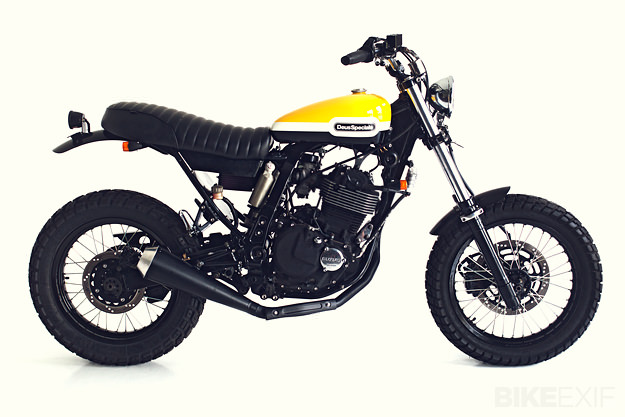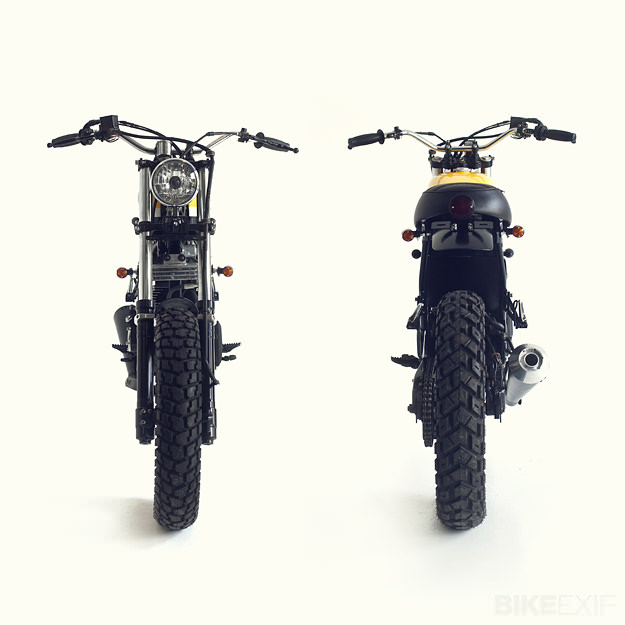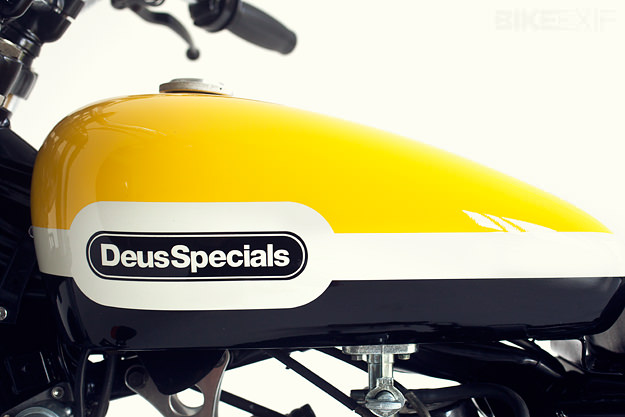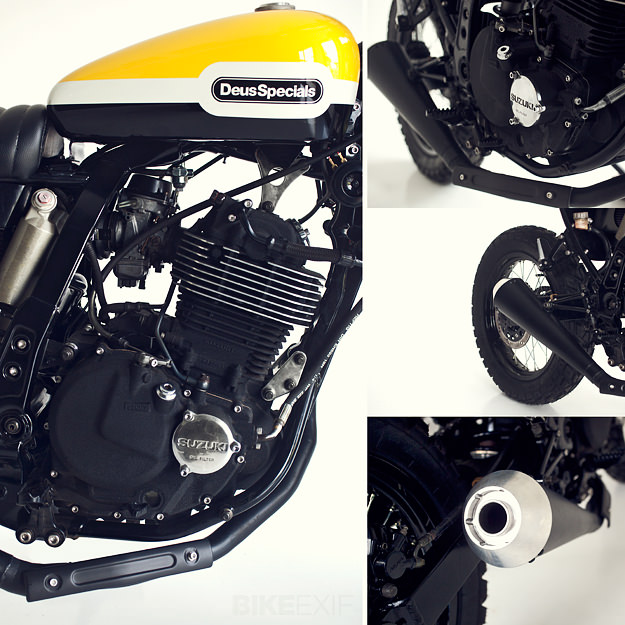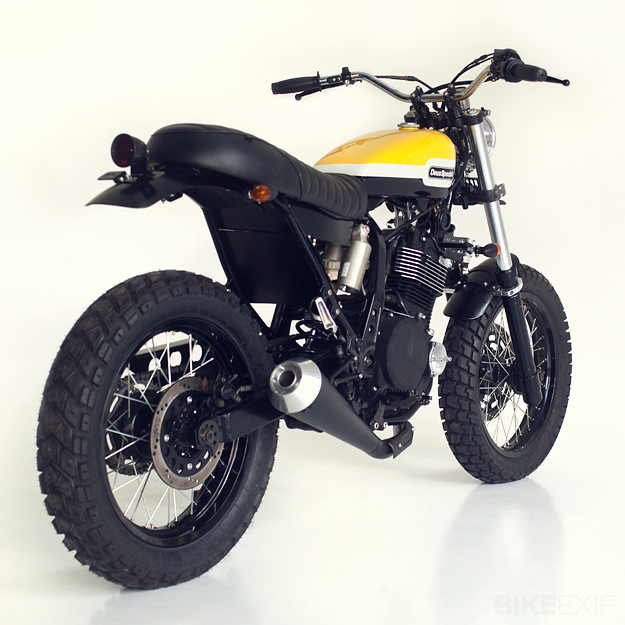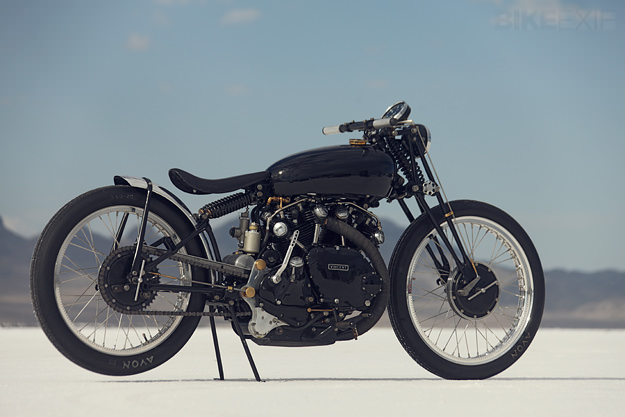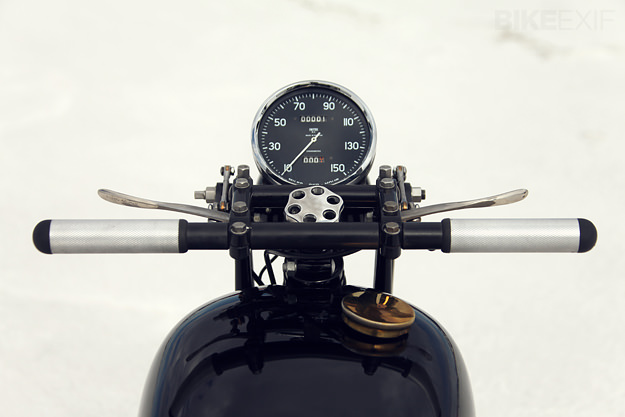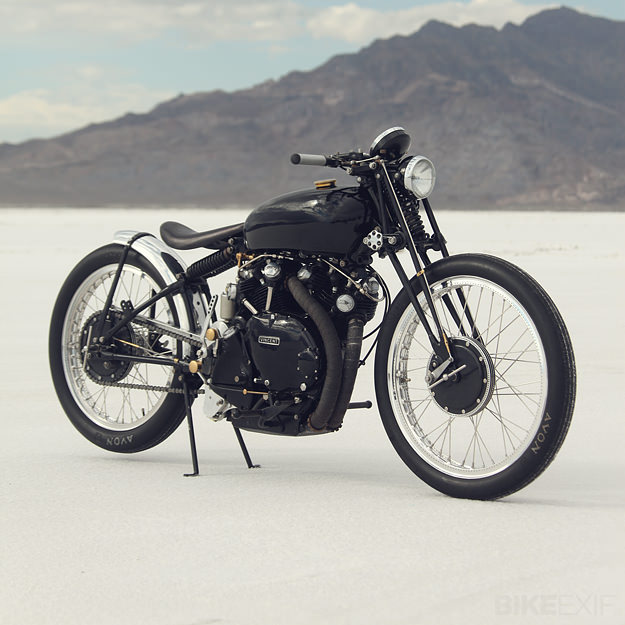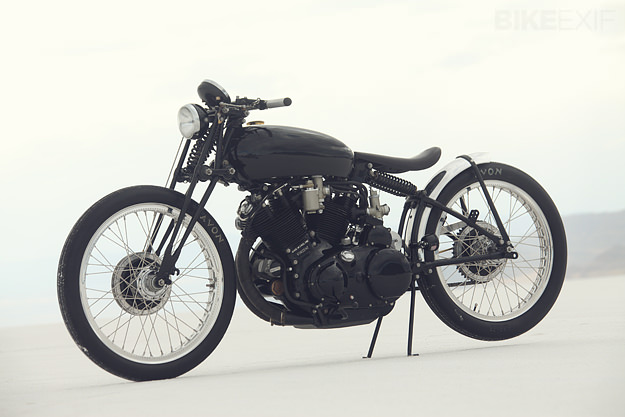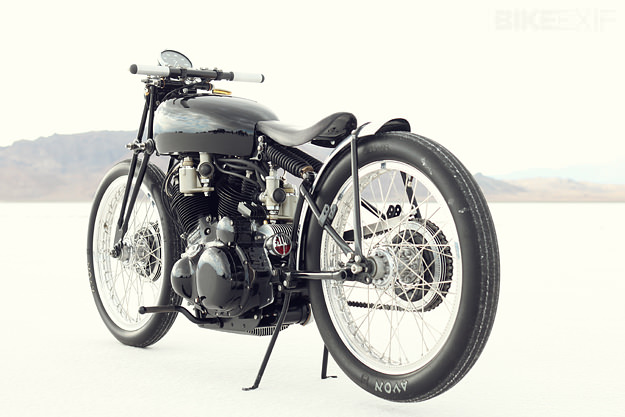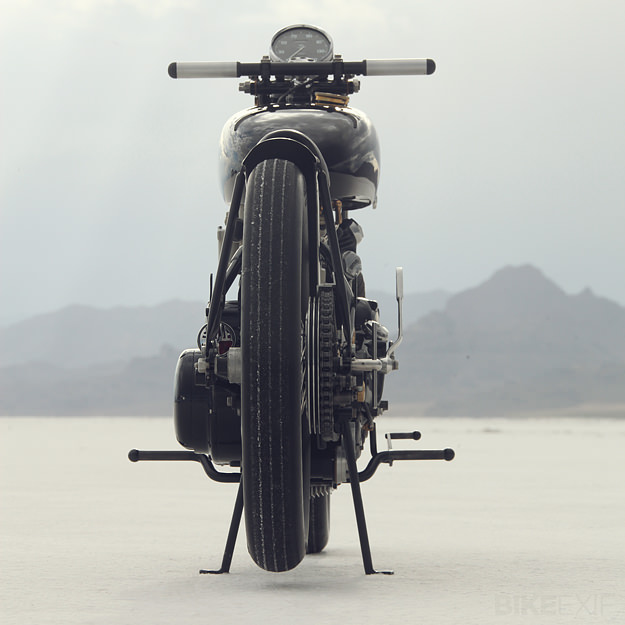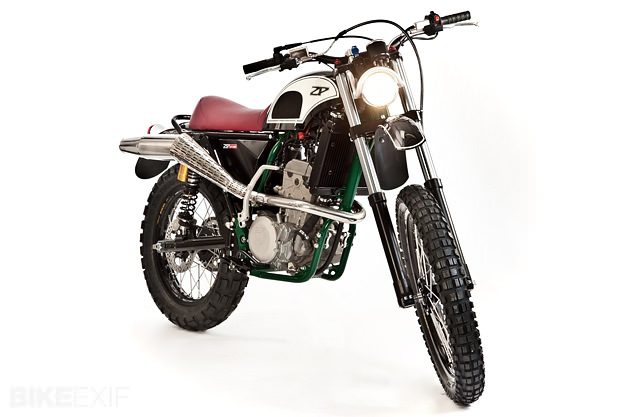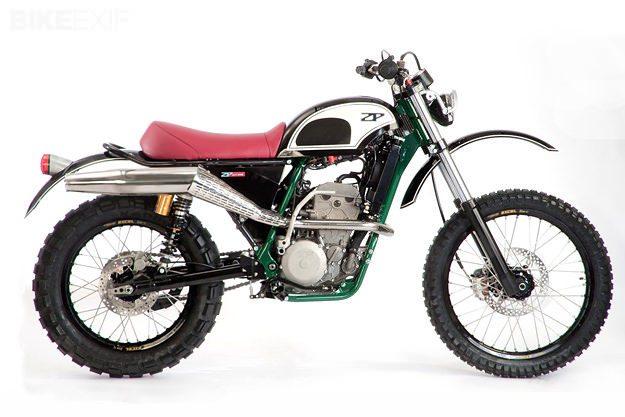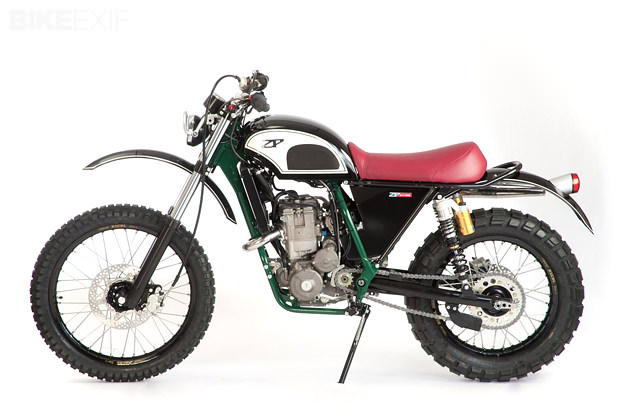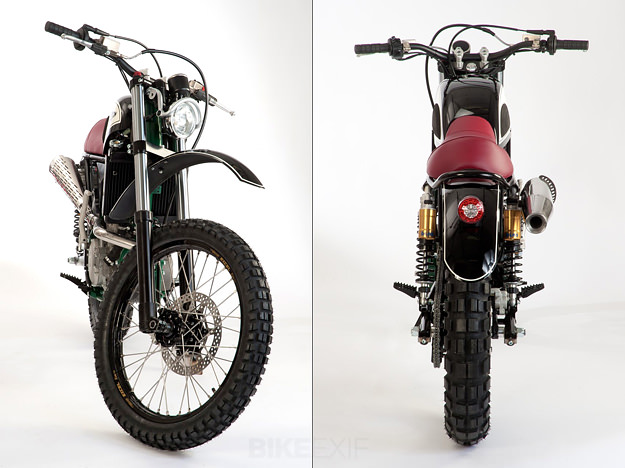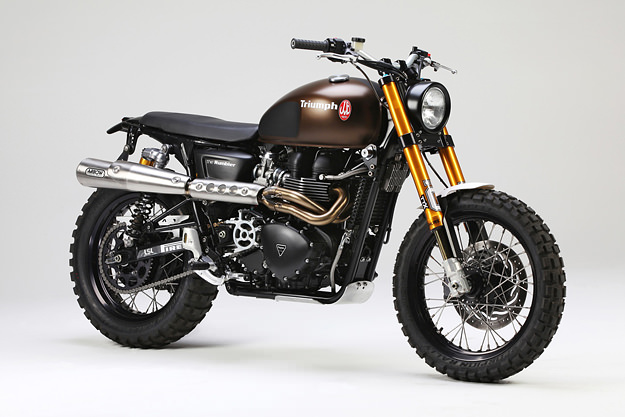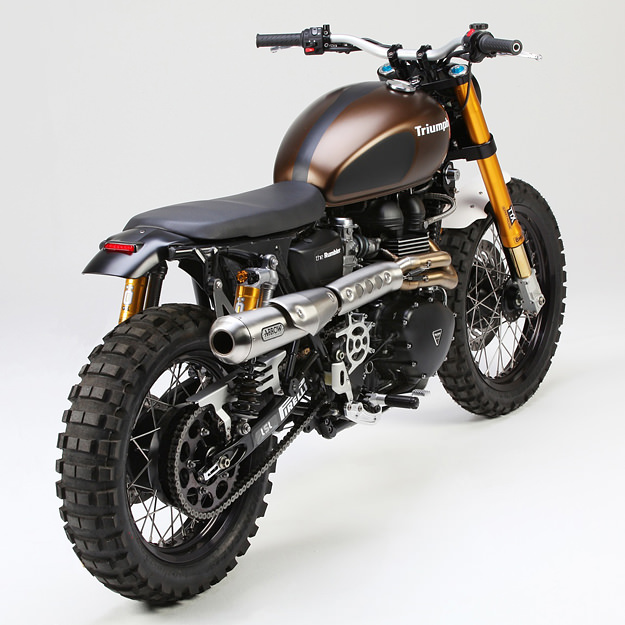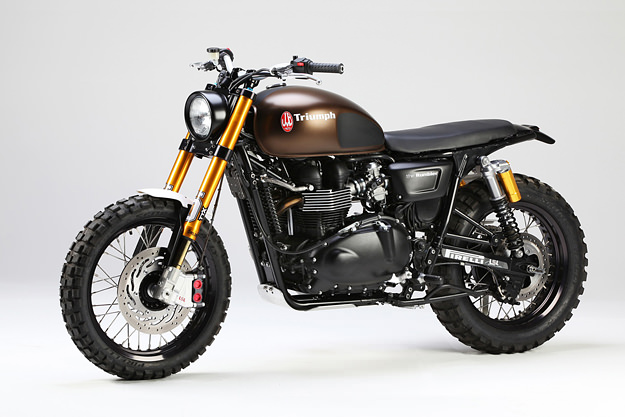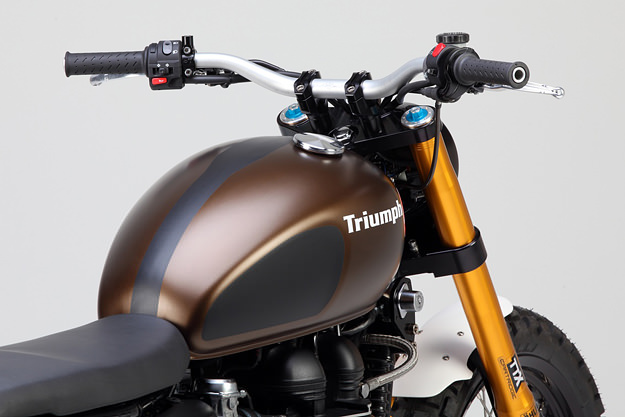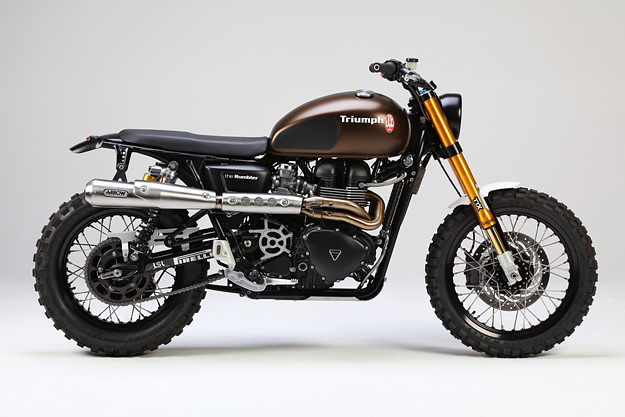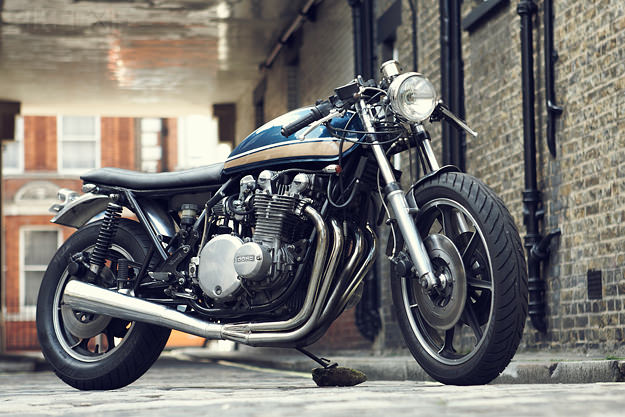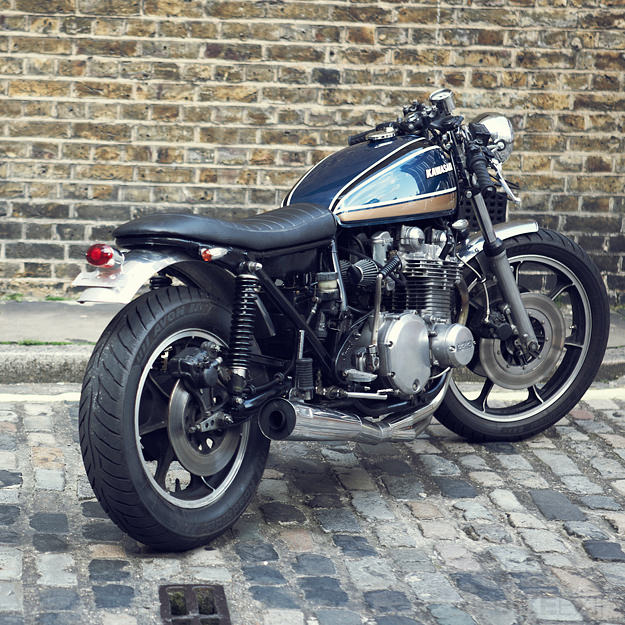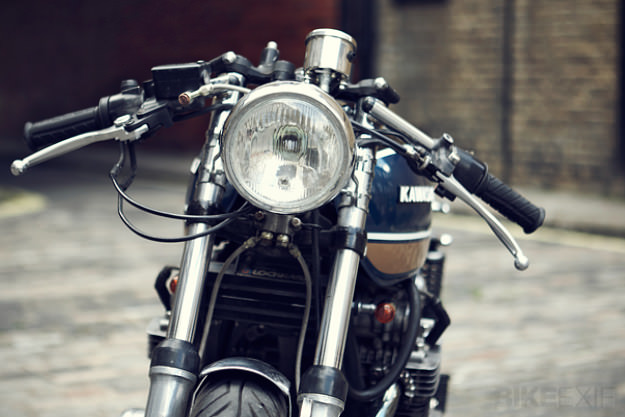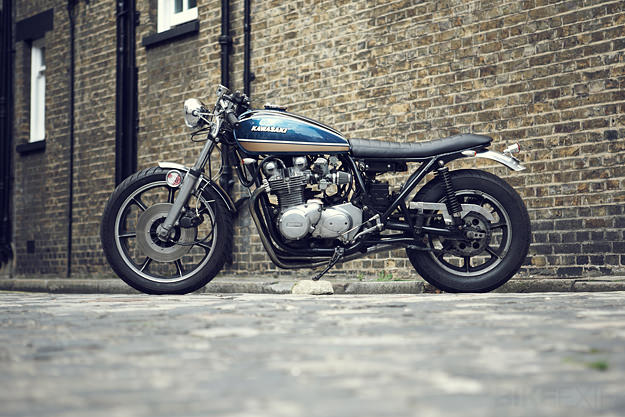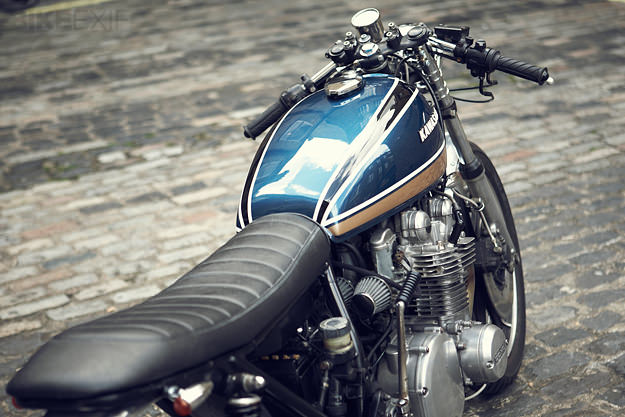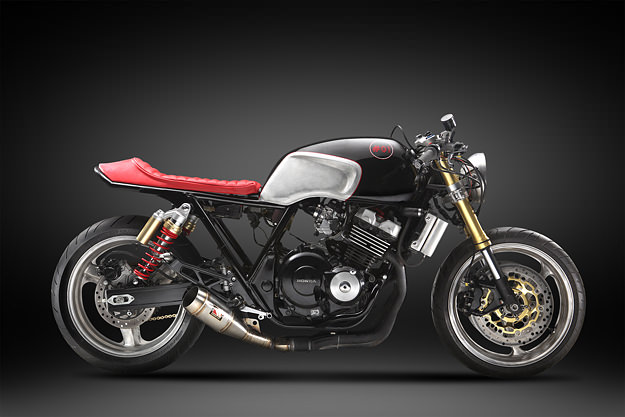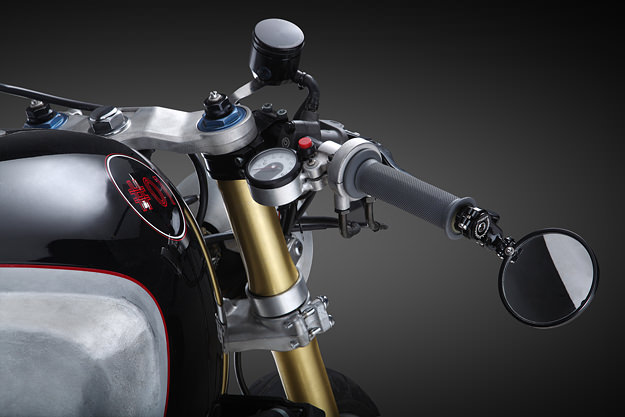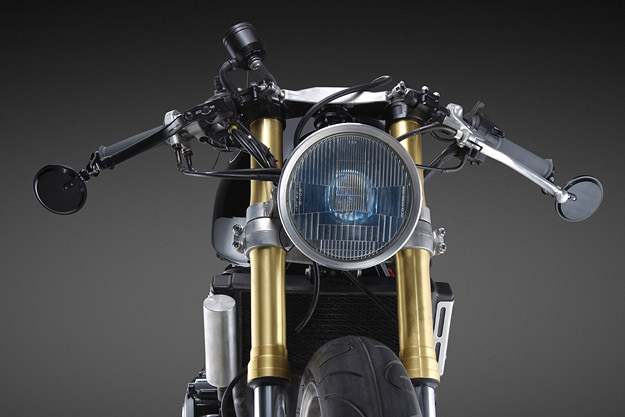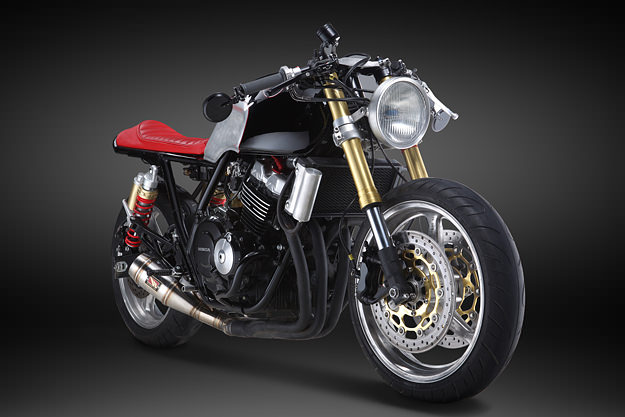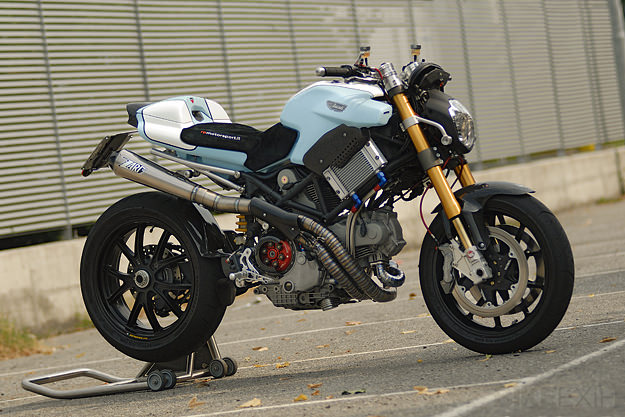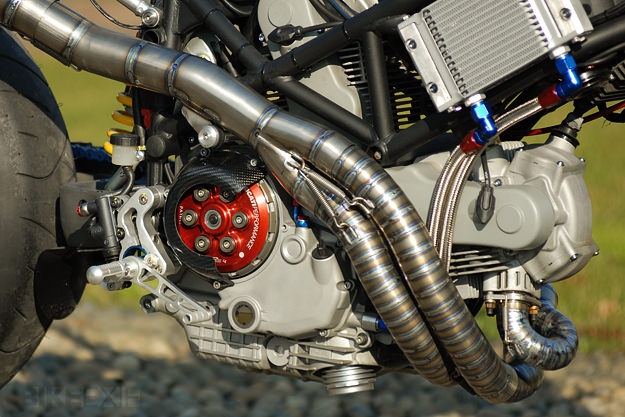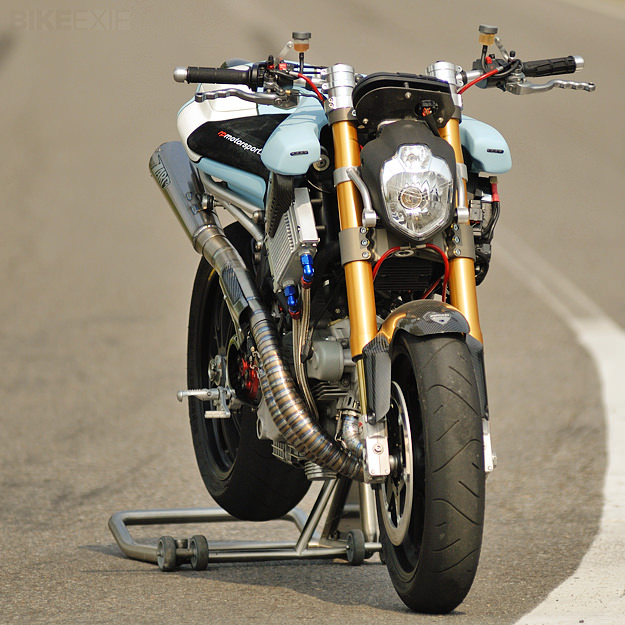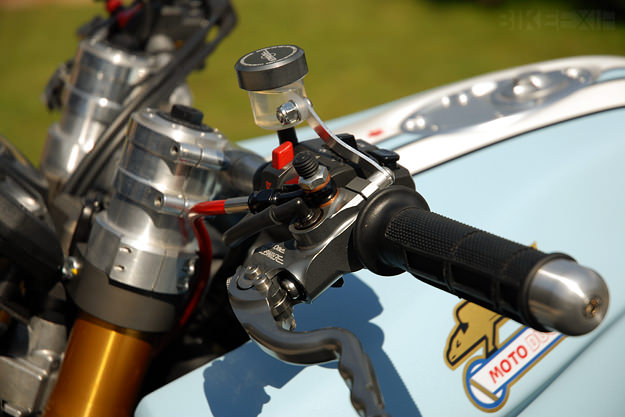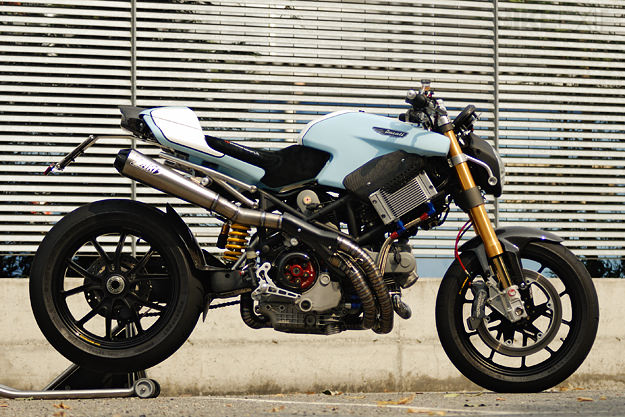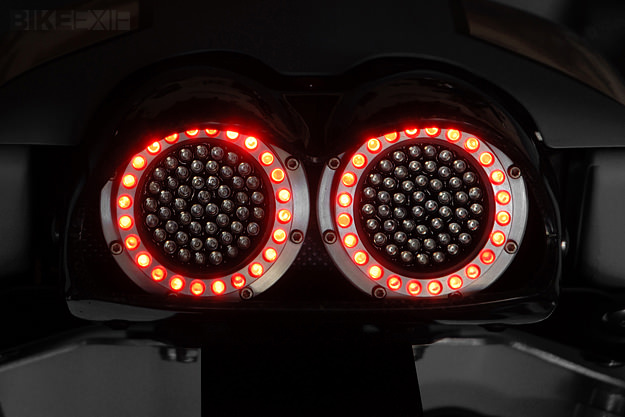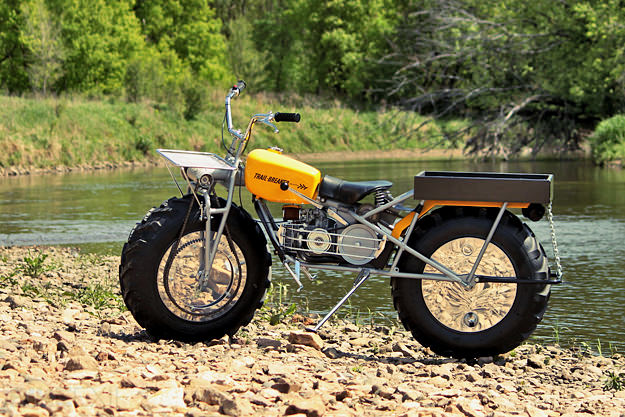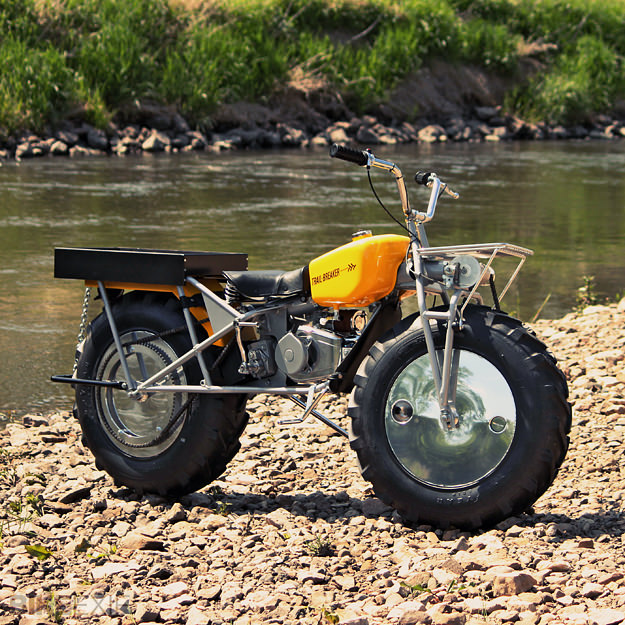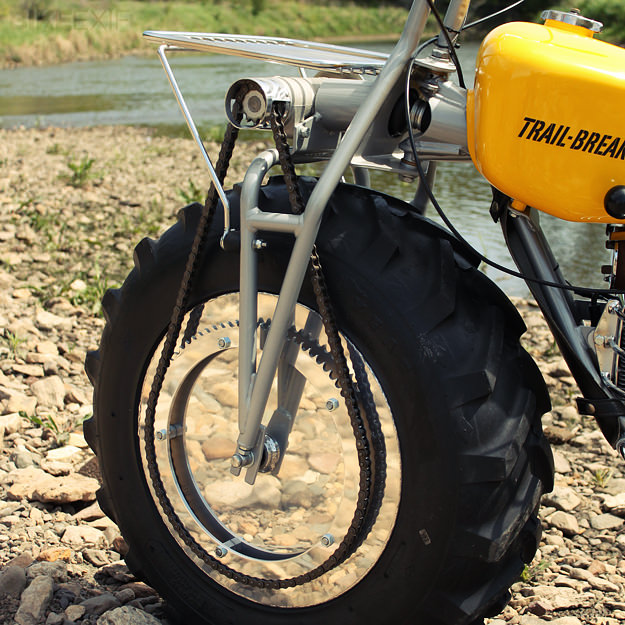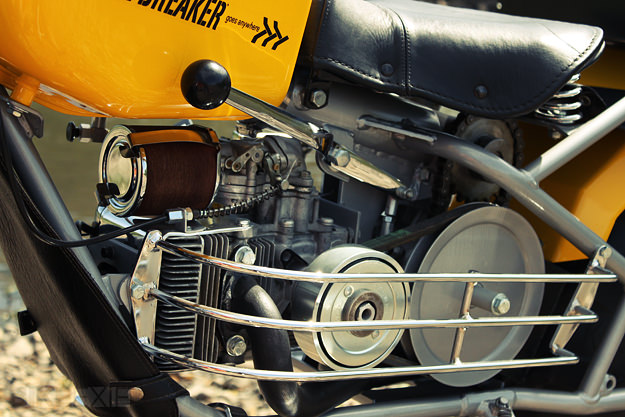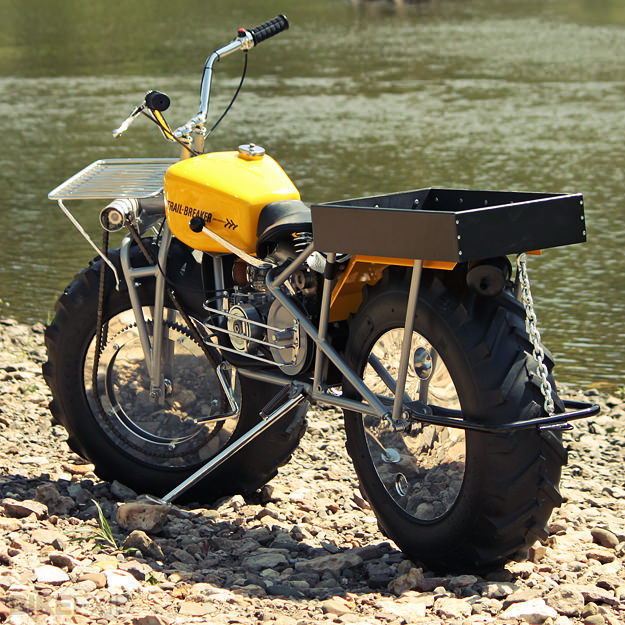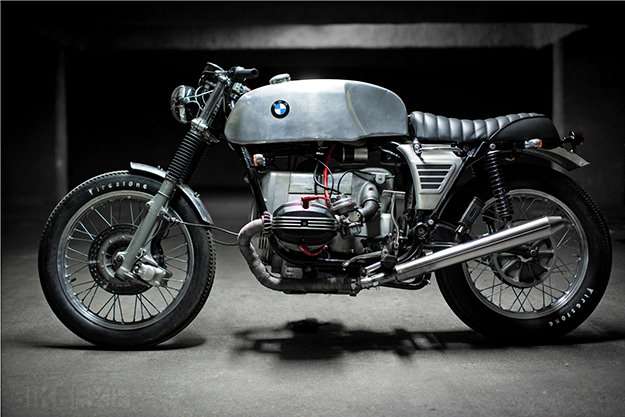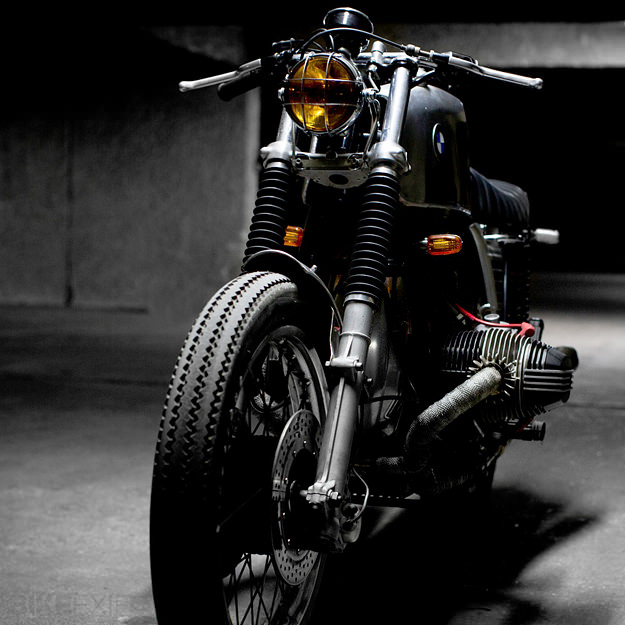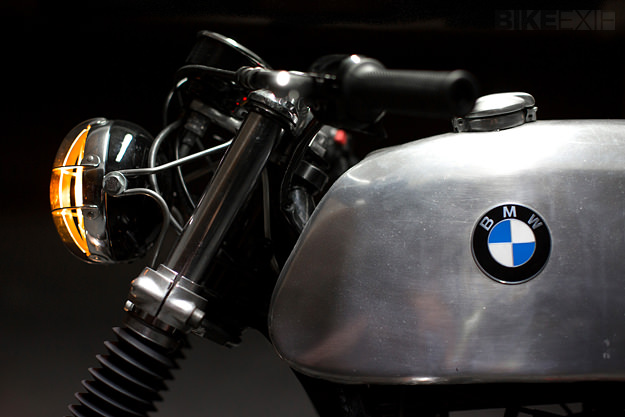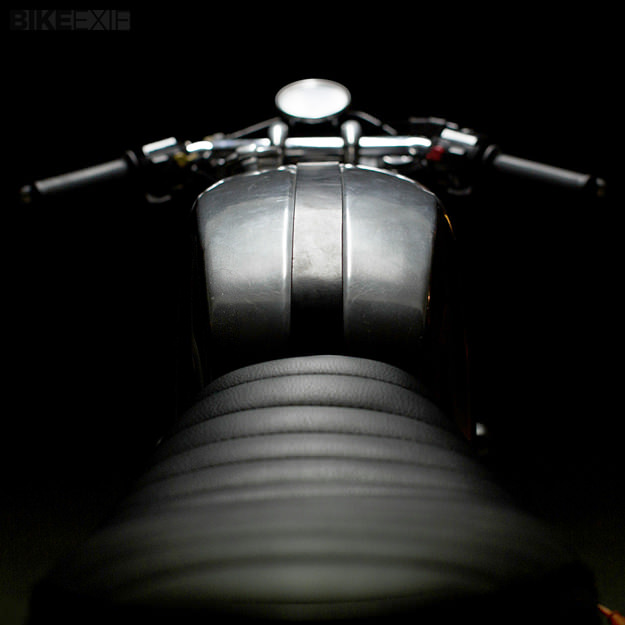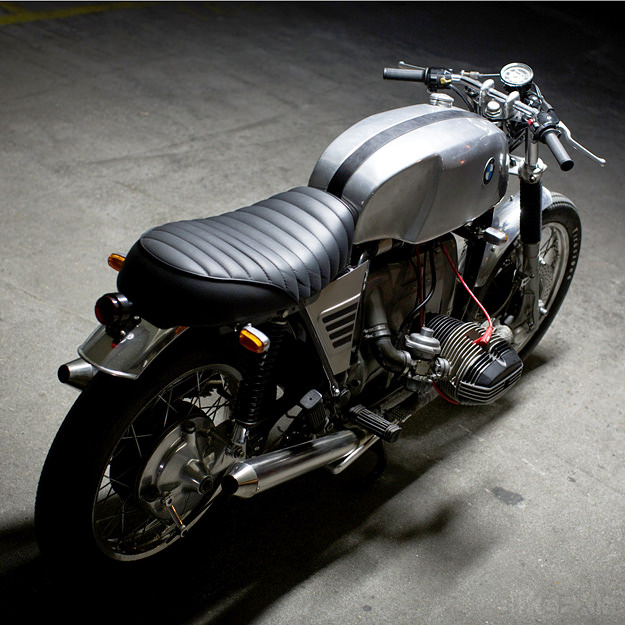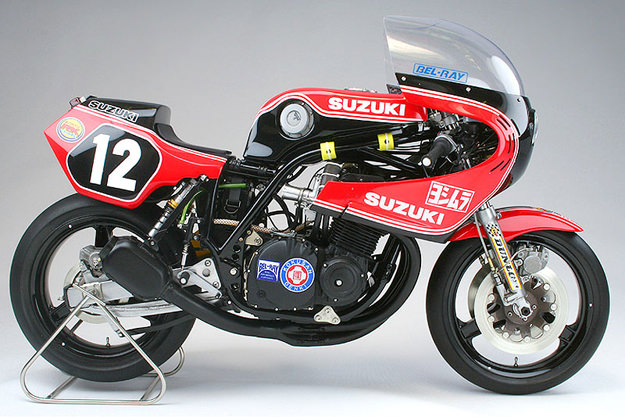
Japanese motorcycle culture is full of little side streets and half-hidden diversions: it probably has more depth than anywhere else in the world. And when the Japanese get into something, they reallyget into it. The scale model motorcycle scene is typical: it’s huge over there, fuelled by giants such as Tamiya, and it has its own subcultures too.
One of them is the annual Modeler GP show, a competition for scale models of racing motorcycles. The standard of work is absolutely jaw dropping, and when I first stumbled across a page on the Modeler GP website, it was a full minute before I realized I was looking at a scale model of a bike rather than the real thing.
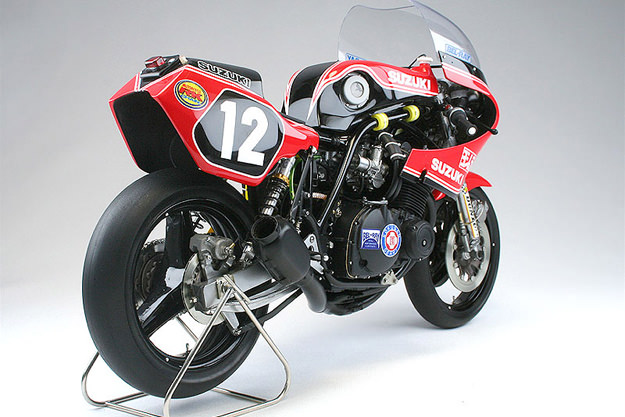
I could have picked any of those models to show here. But this Yoshimura Suzuki GS1000R (XR69) jumped out. Partly because it’s one of the most iconic racing motorcycles of the 1980s. And partly because it was steered to victory in the 1980 Suzuka 8 Hours by New Zealander Graeme Crosby—a neighbour of mine who I met for a coffee this morning.
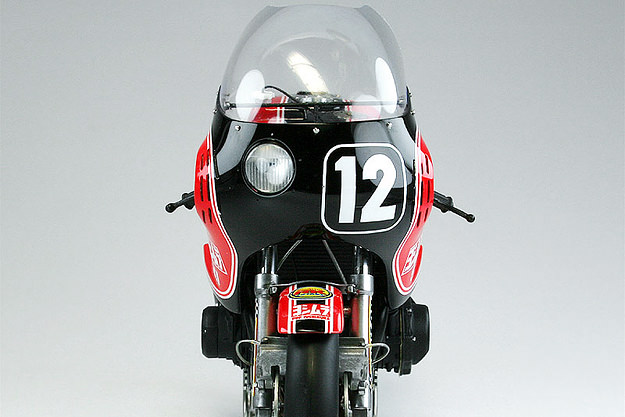
Crosby was paired with Wes Cooley for this race, and counts the XR69 among his favorite bikes: “I rode the XR69 at a testing session and was impressed, because it had a lot of 500GP equipment on it—like brakes and forks,” he says. “I also knew Pops Yoshimura, so when Yoshimura Japan were handed the development part of the GS1000 I was stoked. We had fun with this bike.”
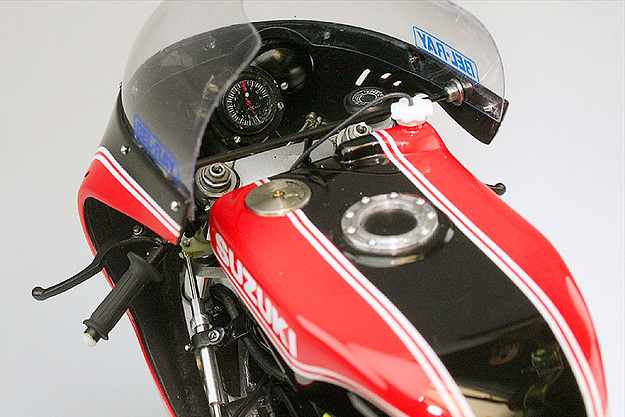
I’m not sure what scale this model is—I’m guessing 1/12—but the detailing is remarkable. Note the wear on the tires, and the intricate decals. Head over to the Modeler GP website and you can see abuild diary too, which even shows the internals of the exhaust system being faithfully reproduced. The site is in Japanese, but as so often with racing motorcycles, the pictures are worth a thousand words.
